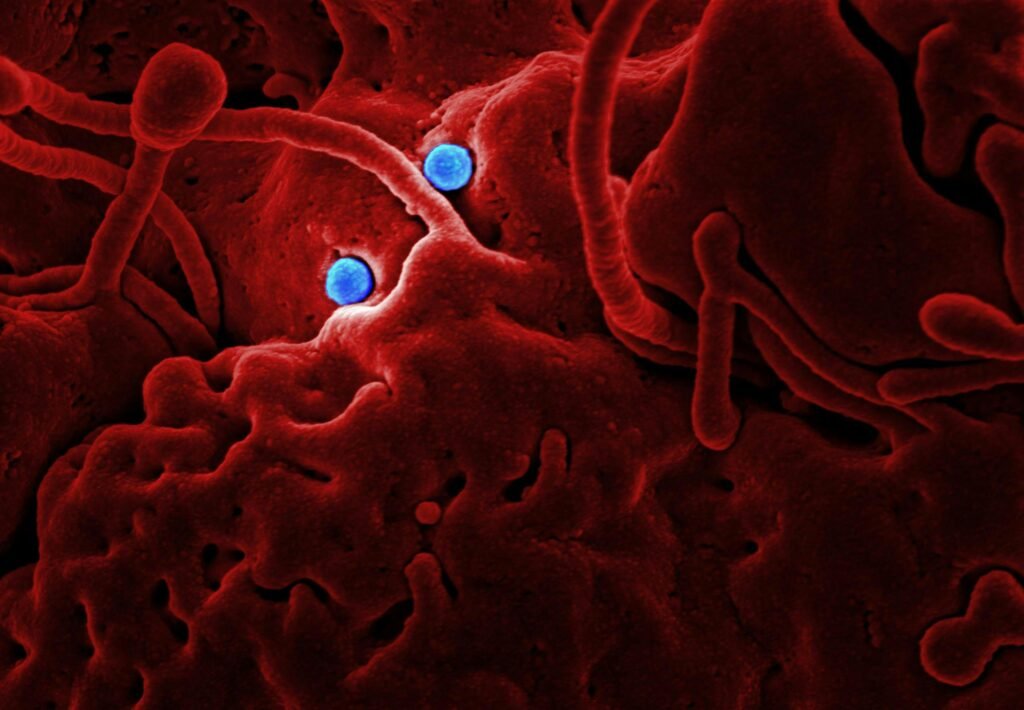sickel cell animea

Sickle Cell Anemia: Understanding the Condition and Its Management
Sickle cell anemia is a genetic blood disorder characterized by abnormally shaped red blood cells. Instead of being round and flexible, these cells take on a crescent or “sickle” shape, which hampers their ability to flow smoothly through blood vessels. This can lead to complications like pain, anemia, and organ damage.
What Causes Sickle Cell Anemia?
Sickle cell anemia is caused by a mutation in the gene responsible for producing hemoglobin, the protein in red blood cells that carries oxygen. The abnormal hemoglobin, known as hemoglobin S, causes red blood cells to stiffen and distort into a sickle shape.
Symptoms of Sickle Cell Anemia
Symptoms vary but often include:
- Chronic Anemia: Fatigue and weakness due to reduced red blood cells.
- Pain Crises: Episodes of severe pain when sickled cells block blood flow.
- Swelling: Hands and feet may swell due to blocked blood flow.
- Frequent Infections: Damaged spleen function increases susceptibility to infections.
- Delayed Growth: Children with sickle cell anemia may grow more slowly.
- Vision Problems: Blocked blood flow can damage the eyes.
Complications of Sickle Cell Anemia
If untreated or poorly managed, the condition can lead to:
- Stroke
- Acute chest syndrome (a life-threatening lung complication)
- Organ damage, particularly in the liver, kidneys, and spleen
- Leg ulcers
- Gallstones
Diagnosis
Sickle cell anemia can be diagnosed through:
- Newborn Screening: Blood tests can identify hemoglobin abnormalities at birth.
- Hemoglobin Electrophoresis: Identifies the presence of abnormal hemoglobin.
- Genetic Testing: Confirms the mutation causing the condition.
Treatment Options
While there is no universal cure, effective treatments can manage symptoms and reduce complications:
Medications:
- Hydroxyurea: Reduces pain episodes and the need for blood transfusions.
- Pain Relievers: Help manage pain crises.
- Antibiotics and Vaccinations: Protect against infections.
Blood Transfusions:
- Regular transfusions increase the number of healthy red blood cells.
Bone Marrow Transplant:
- A potential cure for some patients, though it requires a compatible donor.
Lifestyle Management:
- Staying hydrated and avoiding extreme temperatures to prevent pain crises.
Prevention and Genetic Counseling
Sickle cell anemia cannot be prevented, but genetic counseling helps prospective parents understand their risk of passing on the condition. Carrier screening can identify individuals with the sickle cell trait.
Living with Sickle Cell Anemia
Managing sickle cell anemia involves proactive care, including:
- Regular health checkups with a hematologist.
- Taking prescribed medications as directed.
- Eating a balanced diet and staying hydrated.
- Recognizing triggers that can cause pain crises, such as dehydration or stress.
